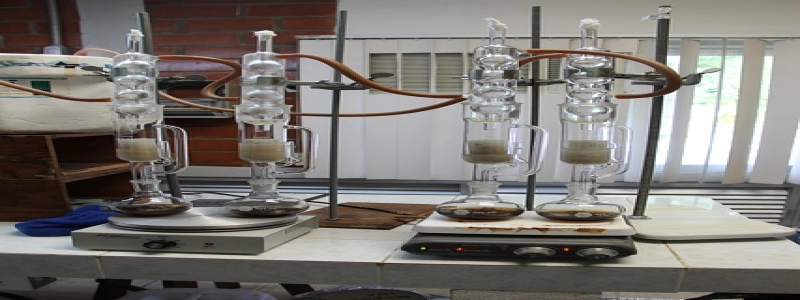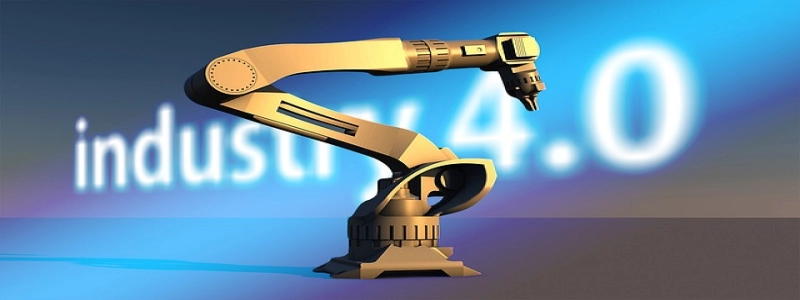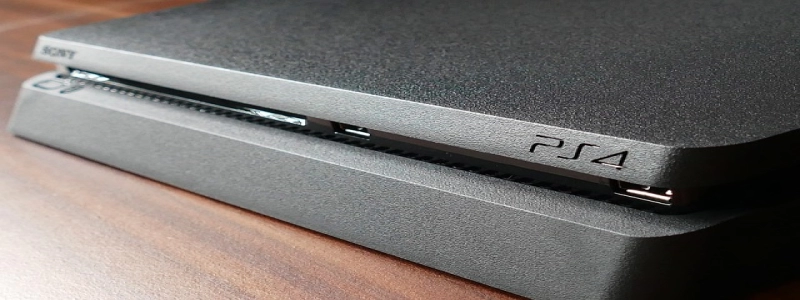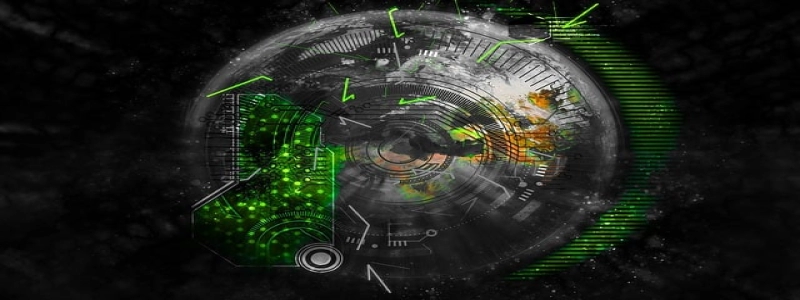Types of Fiber Optic Connectors
Introduction: Understanding Fiber Optic Connectors
Fiber optic connectors play a significant role in the telecommunications industry, as they provide a secure and efficient means of connecting fiber optic cables. These connectors ensure that light signals are transmitted through the cables with minimal loss and maximum reliability. In this article, we will explore the different types of fiber optic connectors and their specific characteristics.
I. Single Fiber Connectors
1. ST Connector
The ST connector, also known as the Straight Tip connector, is one of the oldest fiber optic connector types. It features a bayonet-style twist-lock mechanism, which ensures a secure connection. The ST connector is widely used in data communications and telecommunications applications.
2. SC Connector
The SC connector, or Subscriber Connector, is a popular connector due to its compact size and high performance. It features a push-pull mechanism that allows for quick and easy installation. The SC connector is commonly used in applications that require frequent connections and disconnections.
3. LC Connector
The LC connector, or Lucent Connector, is a small form-factor connector that has become increasingly popular in recent years. Its compact design allows for higher port density, making it suitable for deployments where space is limited. The LC connector is widely used in high-density data center and enterprise network applications.
II. Multi-Fiber Connectors
1. MTP/MPO Connector
The MTP/MPO connector, or Multi-Fiber Push-On/Pull-off connector, is a multi-fiber connector that enables the transmission of multiple fibers in a single connector. This connector is designed for high-density applications, such as data center interconnections and backbone networks. The MTP/MPO connector provides a fast and efficient way to connect multiple fibers, saving time and space.
2. MT-RJ Connector
The MT-RJ connector, or Mechanical Transfer-Registered Jack connector, is a small form-factor connector that combines two fibers into a single interface. It features a snap-in mechanism that allows for easy installation and removal. The MT-RJ connector is commonly used in local area networks (LANs) and residential applications.
III. Specialty Connectors
1. FC Connector
The FC connector, or Ferrule Connector, is a rugged connector that offers excellent mechanical stability and high performance. It features a threaded coupling mechanism, ensuring a secure and reliable connection. The FC connector is commonly used in applications that require high precision, such as test and measurement equipment.
2. E2000 Connector
The E2000 connector is a high-performance connector that combines the benefits of a standard connector with enhanced features. It features a spring-loaded shutter that protects the connector from dust and damage. The E2000 connector is widely used in demanding environments, such as military and aerospace applications.
Conclusion: Choosing the Right Fiber Optic Connector
When it comes to selecting a fiber optic connector, it is essential to consider the specific requirements of the application. Factors such as performance, size, ease of installation, and environmental conditions all play a role in determining the most suitable connector. By understanding the different types of fiber optic connectors and their characteristics, network engineers and telecommunications professionals can make informed decisions to ensure optimal connectivity and reliability.








